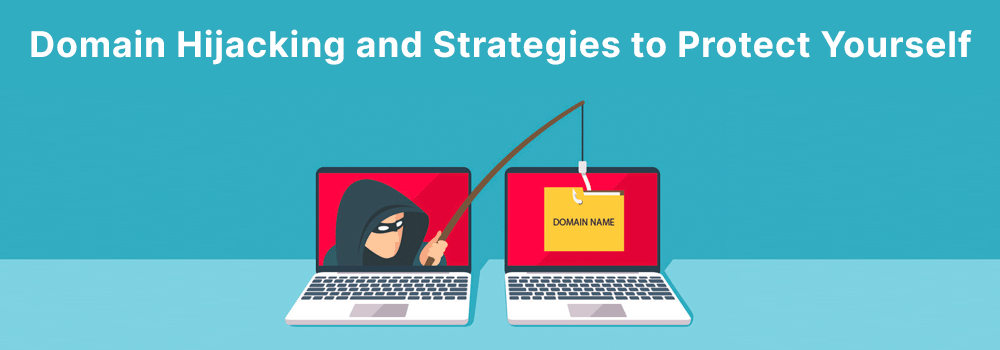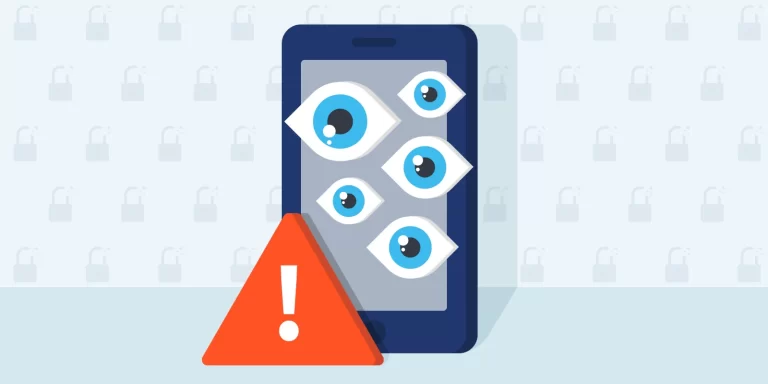Domain hijacking, also known as domain theft, is a serious cybercrime where the registration of a domain name is changed without the permission of the original owner. This can have significant consequences for the legitimate domain holder, both financially and in terms of their online presence. The hijacker gains control of the domain and can use it for various illegal activities, such as phishing, spamming, or distributing malware.
Domain hijacking can be accomplished through unauthorized access to or exploitation of vulnerabilities in the domain name registrar’s system. It can also involve social engineering techniques or gaining access to the domain owner’s email account associated with the domain registration. The hijacker may impersonate the domain owner, deceive the registrar, and modify registration information or transfer the domain to another registrar.
To prevent domain hijacking, the following measures can be taken:
- Use strong email passwords and enable two-factor authentication (2FA) if available. Two-factor authentication adds an extra layer of security by requiring a second verification step, such as a code sent to your mobile device, in addition to the password.
- Disable POP (Post Office Protocol) for email accounts if your provider allows using a different protocol. POP is more vulnerable to attacks compared to other protocols like IMAP (Internet Message Access Protocol).
- Enable the “always use HTTPS” setting for your email service. This ensures that your communication with the email server is encrypted and less susceptible to interception.
- Regularly check for any unusual activity notifications provided by your email service. If any suspicious activity is detected, take immediate action to secure your account.
- Consider using a two-step (two-factor) authentication method for accessing your domain registrar account if it is available. This adds an extra layer of security to protect your domain registration details.
- Ensure timely renewal of your domain registration by making timely payments and registering your domains for longer periods, such as five years. This helps prevent unauthorized transfers due to expired domains.
- Choose a domain name registrar that offers enhanced transfer protection, such as “domain locking.” Domain locking prevents unauthorized transfers or modifications to your domain registration.
- Keep your WHOIS information up-to-date and ensure it accurately reflects your ownership of the domain.
- If you own a large number of domain names (2500 or more), consider establishing your own registrar to have better control over their management and security.
In case of domain hijacking, relief can be sought through the Inter-Registrar Dispute Process, which provides a mechanism to resolve disputes related to domain ownership and control.
By following these preventive measures and staying vigilant, you can significantly reduce the risk of domain hijacking and protect your online assets.
Disclaimer : The information provided herein is on “as is” basis, without warranty of any kind.





